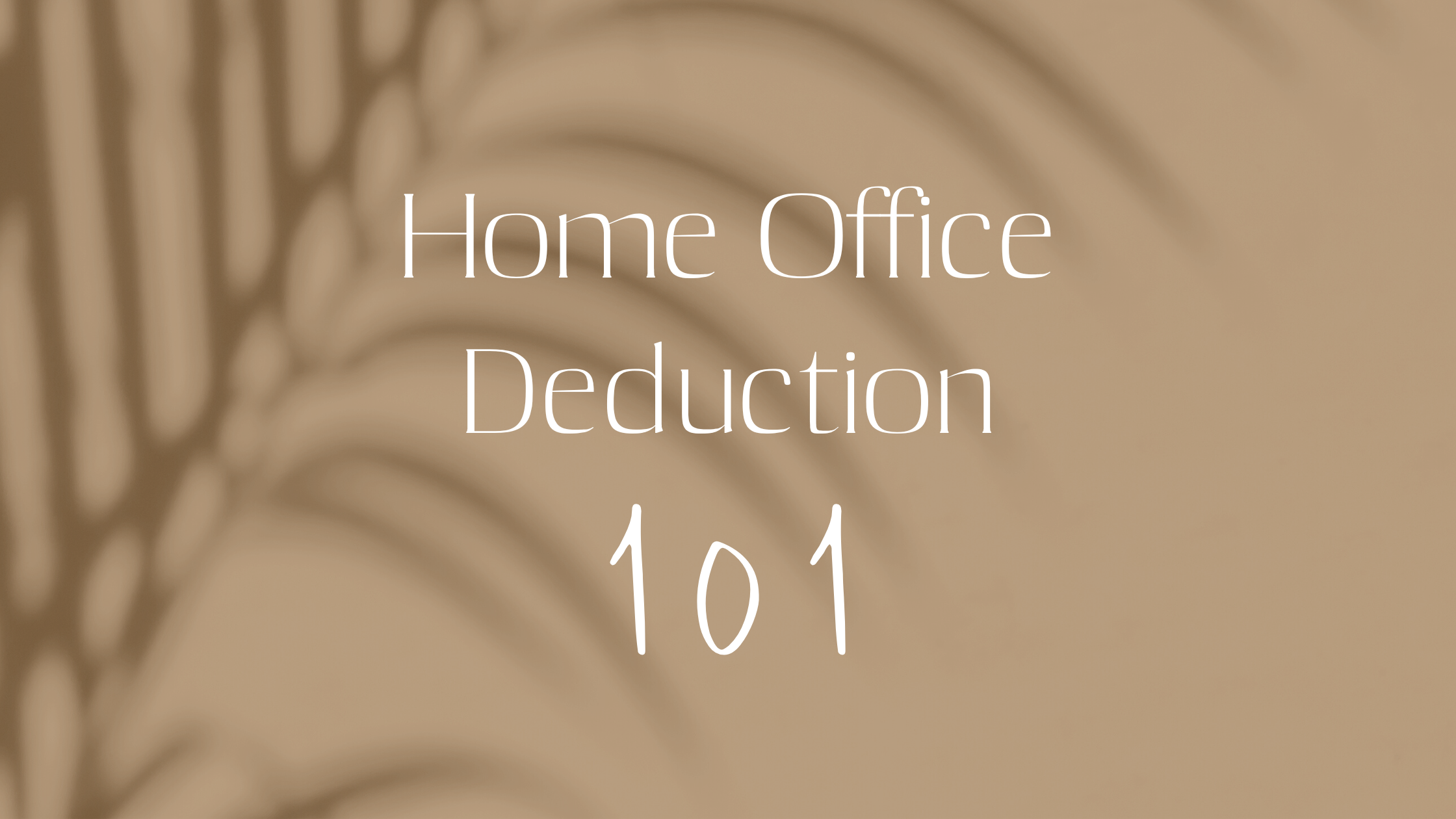Home Office Deduction 101
We all have our daily tasks, whether it is walking Rover or taking client calls. Business owners of all types, from established coffee shops to female entrepreneurs who are just starting often spend time working from home. As a result, many taxpayers utilize the home office deduction. In this article, we discuss the home office deduction and how to qualify for it.
What Is The Home Office Deduction?
The home office deduction is just what its name implies: A tax deduction for having a business home office. One of the biggest myths about the home office deduction is that you need to own a home to claim it. Fortunately, this belief is just that: a myth. Whether you own your home, rent an apartment, have a condo, or houseboat, you can qualify for the deduction.
It is important to note that the structure you use as a home office can be separate from your house, such as a studio or garage. If the space meets the IRS test for eligibility, you’re good to go! Let’s discuss that test in more detail.
The IRS Two-Part Test
Regular And Exclusive Use
For your home office to be eligible for a deduction, the space must be used regularly and exclusively for business. The IRS is not known for explaining things very well, so let’s flesh out exactly what that means.
Regular and exclusive use means that the space must be used for business purposes only. For example, if your home office doubles as an area to take care of the kids, it does not qualify for the deduction. However, if you use half of the room as a home office, and the other half as a children’s play area, the portion of the room used as a home office can be deducted.
Principal Place of Business
As a busy entrepreneur, you likely conduct business in a variety of places, from the car to a client’s office. To qualify for the home office deduction, your home office must be your principal place of business. Principal place of business means you perform your management and administrative activities from the home office.
Here are some examples of administrative and management activities:
Schedule client meetings
Bookkeeping
Billing Customers
It is important to note that if your home office is used to perform most of your administrative and management tasks, you can still conduct other business activities in different locations and not lose the home office deduction.
Examples
A busy female entrepreneur has a dedicated area in her home that she uses to call clients, update company books, schedule meetings, and work on different client projects. The room is not used for any other activity. In this case, the entrepreneur meets both the regular and exclusive and principal place of business tests.
Now assume the same female entrepreneur only performs the administrative and management duties in her home office but takes client meetings and works on client projects at a separate location. The office has no other use. The entrepreneur still qualifies for the deduction as the space is used exclusively for business and to conduct her administrative and management tasks.
Method of Calculation
Now comes the fun part: Calculating how much you save by deducting home office expenses. The IRS gives us two ways to do the calculation: the simplified version and the actual expenses version. Whichever of the two methods gives you the biggest tax deduction determines the one to use. Let us look at both in more detail.
Simplified Version
The simplified version lives up to its name. To calculate your deduction using this method, simply multiply the square footage of your home office by $5. The total deduction allowed using the simplified method is $1,500. It is important to measure the exact square footage of the space if you want to use this method, and to have those measurements documented in a safe place.
You May Also Like:
Actual Expenses Method
The actual expenses method requires more effort but can result in a larger home office deduction. With this method, you can deduct the full amount of direct expenses, and a percentage of indirect expenses.
For example, suppose you installed new light fixtures in your home office for $1,000. Because this expense is directly related to your home office and business, all $1,000 is deductible. Now suppose you pay $1,000 in home mortgage interest, and your home office takes up 10% of the home’s square footage. Only 10% of the interest cost is deductible, as only 10% relates to your home office.
It is important to note that if you choose the actual expenses method, you are required to take depreciation on your home. Depreciation is an income tax deduction that lets taxpayers recover the cost of their property due to wear and tear and deterioration. For general depreciation information, check out this link to the IRS.
Tips and Suggestions
Now that we have discussed the mechanics of the home office deduction, let’s go over some tips and suggestions to make claiming the deductions as stress free as possible.
Documentation – as a busy entrepreneur, you undoubtedly know the importance of keeping documents organized and available. Having a separate folder or area for home office deduction documents is a great way to ensure completeness and accuracy.
Consult a tax professional – the first time you take the home office deduction can be complicated, so consulting with a tax professional is advisable.
Don’t stress! - If you keep your home office deduction documents organized and available, don’t let a possible audit stop you from claiming the deduction.
We know how valuable time is to a busy entrepreneur such as yourself. Hopefully, this short article is helpful when working through your home office deduction.
To partner with an accountant who wants the best for your business, schedule a consultation by clicking the button below.

